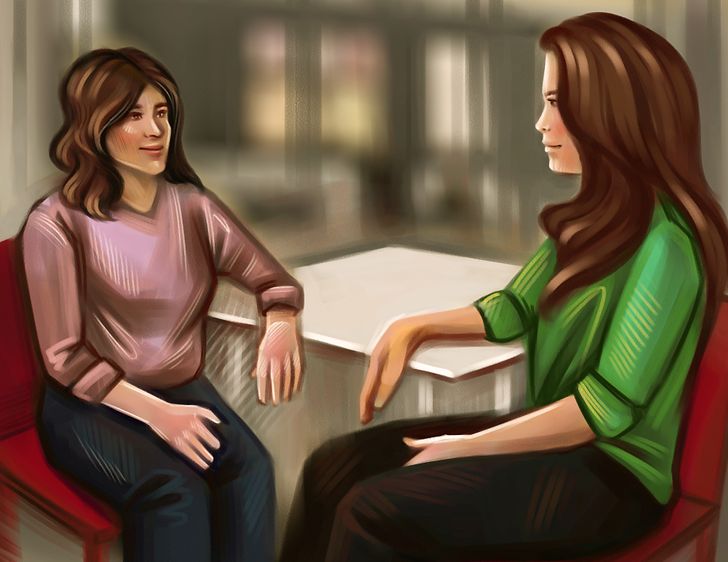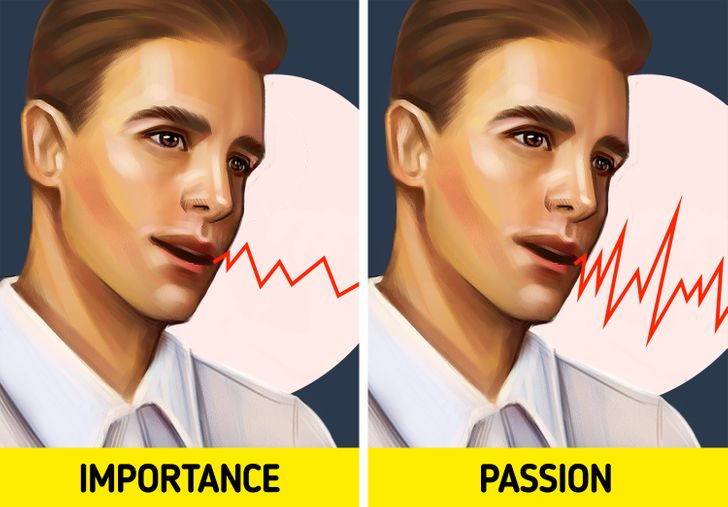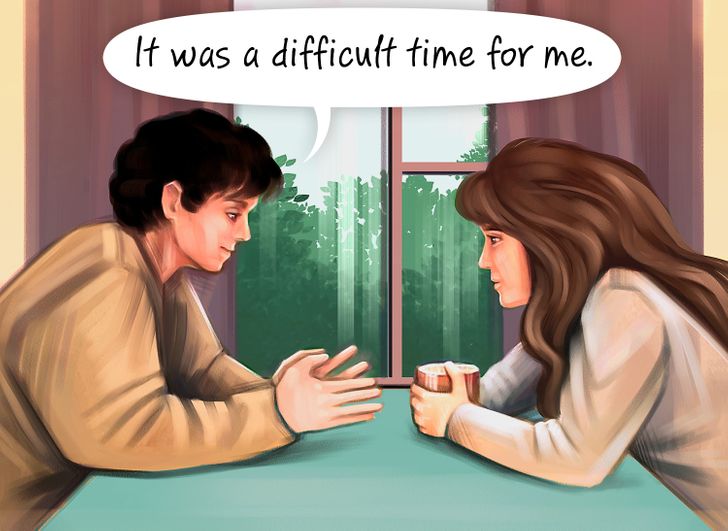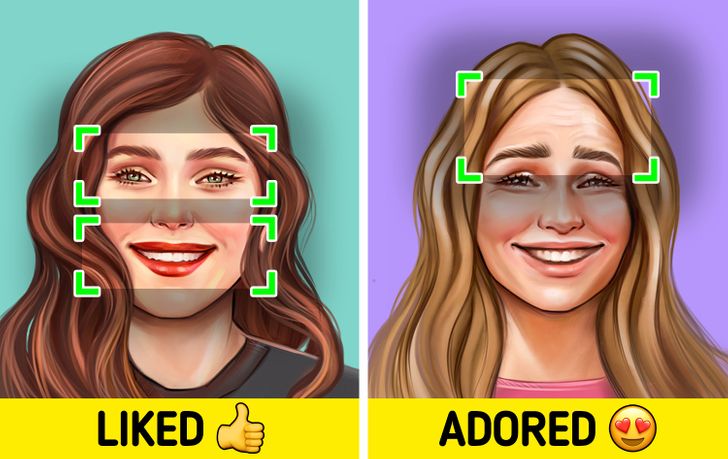How to Make People Like You More: 9 Ways
While it may be difficult to determine why we’re drawn to some people more than others, there are psychological tricks that can help you form better relationships quicker. They’ll come in handy when you need to make a good first impression or deal with difficult people. 5-Minute Crafts reviewed lots of psychological advice and picked out the most intriguing tips.
Make the other person feel important.

When interacting with someone, make the communication about them and not about you. Express genuine excitement about a person’s life and don’t be afraid to show how you really feel about them.
- Listen with interest and ask follow-up questions. People perceive sharing information about themselves as intrinsically rewarding, so letting them talk more is likely to leave them with positive memories of your interaction.
- Acknowledge the person and give compliments. Paying sincere compliments about things you genuinely appreciate in a person is a great way to strengthen your bond and evoke positive emotions. The key is to make your compliment authentic and specific. You can also make it more personal and emotional by adding adjectives.
For example, instead of saying, “This was a great party,” you can note, “I loved that fun quiz we did at the beginning! It was a great icebreaker. You’re a natural host!”
Act like you already like the person.

So-called reciprocal liking is based on the idea that we think more positively of a person who already showed they like us because it makes us feel warmth and support. So if you want a person to think highly of you, express your love for them.
But this trick may backfire in 2 cases:
- People with low self-esteem who don’t like themselves may not like people who like them.
- If we feel like the person only pretends to like us, we’re likely to be repulsed by them.
Mind your body language.

When we’re talking to someone, our brains get a lot of information from non-verbal clues since we tend to express our true emotions through our body language. So don’t forget to pay attention to the signs your body is sending.
- Don’t cover your mouth with your hand. A covered mouth with fingers or a hand may send a signal to a person that their interlocutor is lying to them or doesn’t want to answer. But keeping your hand on your cheek without covering the mouth indicates that the person is open for communication and actually pays attention to the conversation.
- Look at the person you’re talking to but don’t overdo it — making direct eye contact 30%-60% of the time of the conversation is generally enough to create a friendly atmosphere. Remember that too much eye contact may be construed as a rude and hostile gesture. But looking at anything except for the person you’re talking to may be perceived as a lack of interest.
- Don’t block your eyes with your hands and don’t close them. These gestures may be seen as signs that you’re irritated or bored. They may also indicate disagreement and distress.
- Smile genuinely. This way, the person is likely to perceive you as trustworthy and sincere. The so-called Duchenne smile, which is when you smile with your lips and the corners of your eyes wrinkle up, is considered to be the most influential type of smile.
Note: Body language and its meaning may differ because of different cultural backgrounds or developmental and psychological differences.
Casually touch the person.

Touching is an important form of subliminal communication that helps to evoke strong emotions and bonds with other people. Casually touching a person is an effective way to build a connection and make a person react more or less positively to our requests.
Note: Always think first if it’s appropriate to touch a person. You should always consider social context, gender, status, and the relationship you have with a person before touching them. Pay attention to the body language of the person to figure out whether physical interaction is comfortable for them.
Mirror your interlocutor.

Copying gestures, posture, and facial expressions of a person you’re talking to can help you form a stronger connection. We often do it subconsciously, especially when we truly like the person, but you can also pay more attention to your body language and adjust to the style of your interlocutor to promote trust and a sense of connection.
Just make sure the person you’re talking to doesn’t notice it, otherwise, they may construe it as an attempt to manipulate them.
Pay attention to your speech rate.

Choosing the right speech speed for every situation helps evoke the emotions you need in your listeners, make a good impression, and be heard. Avoid choosing one pace and sticking to it throughout the whole conversation — it’ll just make you sound boring. Speed up and slow down at the right moment to sound more trustworthy and to grab a person’s attention.
For example, a fast pace is great when you need to show passion, urgency, or strong emotions. And slow speech indicates the seriousness of the topic and its importance.
Don’t be afraid to show vulnerability.

Showing a bit of vulnerability isn’t about being weak but about sharing with people who we really are. It helps us be more open and resonate with others on a deeper level. Psychologists suggest that we perceive people who admit their vulnerability as more authentic and attractive. It happens because we see them as more “real,” and their behavior allows us to be imperfect too.
Compliment people in front of a person you’re talking to.

People associate their interlocutors with adjectives they use to describe others. This phenomenon is called spontaneous trait transference. It happens even if there’s no evidence that the person actually has these qualities.
For example, if you’re praising your coworker for being kind, the person you’re talking to is likely to see you as kind too. But if you’re criticizing others behind their backs, people may associate you with these negative qualities you see in others.
Radiate authentic positivity when you can.
When you smile, the way you move the muscles around your eyes decides whether your whole appearance is fake or genuine. When we “crinkle” the corners of our eyes we look very sincere and positive, which looks very attractive to others. Use your genuine smile as frequently as possible to communicate your friendliness and good intentions. Don’t be scared to use your mimics and let the skin on your face move for extra sincerity and charisma.
